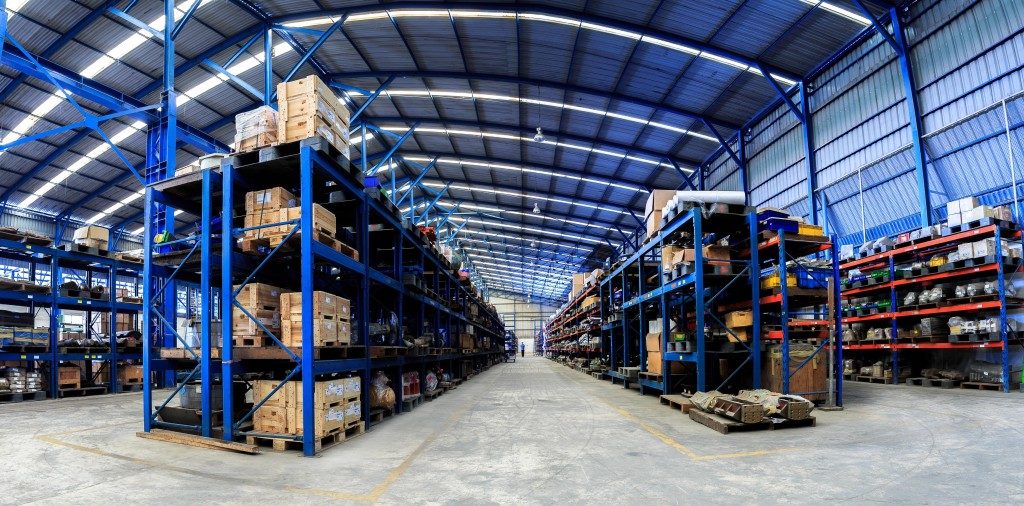Warehouse management is all about managing space to accommodate goods and products. It is also about deployment, which is why the placement of products within the space is strategic. However, a lot of warehouse managers forget or neglect the basics of managing the facility, which should not be the case. Warehouse management may have some challenges and roadblocks, but you can overcome them if you have the right strategy and mindset.
You should start with a plan to streamline the warehouse. Otherwise, deployment of goods will be complicated. And that spells disaster in the supply chain. Clients will complain about late deliveries, as your business will suffer.
There are ways you can make things much easier and more efficient. If you are looking for such strategies, you are reading the right article. Here are some of the most important pointers that every warehouse manager should always take into account.
Start with the floor plan
The layout of the warehouse should be the first concern. You should fight the urge to just put shelves around. Remember, you need a strategy. This is where some principles of ergonomics and room layout will come in handy.
A floor plan will allow you to see where you can put the shelves and your items. Taking your floor plan into account also means that you will need to group your items so that accessing them will be much easier. With an efficient floor plan, operations will be much more effective. You are also increasing your team’s productivity.
Pick the right shelves
The right shelves will also be essential in effective warehouse management. Essentially, the most basic option is the use of high shelves. But you need to remember that high shelves can also take a lot of floor space. In this regard, you can opt to use floating shelves to save space. You can even attach shelves onto the walls. This is where you can use wall strips.
Do away with clutter
 Since warehouse management is all about efficient use of the space, one of the roadblocks in warehouse space utilization is the clutter. Clutter and unnecessary things take up space, which could have been used for more important purposes. So what you should do is get rid of them. You can do away with these items by selling or repurposing them. You might want to assemble a transition team to handle all the unnecessary items.
Since warehouse management is all about efficient use of the space, one of the roadblocks in warehouse space utilization is the clutter. Clutter and unnecessary things take up space, which could have been used for more important purposes. So what you should do is get rid of them. You can do away with these items by selling or repurposing them. You might want to assemble a transition team to handle all the unnecessary items.
Keep track of some errors
Floor layouts and shelves are part of your strategy. If you implement a strategy, you should know if it really works. So what you need to do at this point is to keep track of the errors, misses and blunders caused by your new space strategy. If the situation does not improve after the switch, you should start considering a new tactic.
These are just some of the things to keep in mind if you want to improve your warehouse. You should find reliable suppliers that know your needs and are easy to work with.


